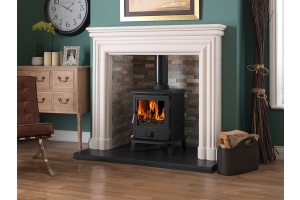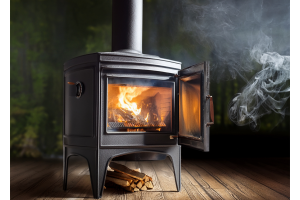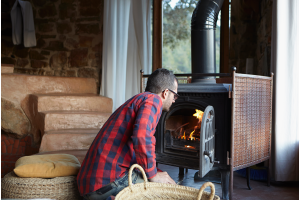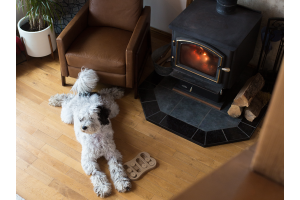Why you shouldn't slumber your stove
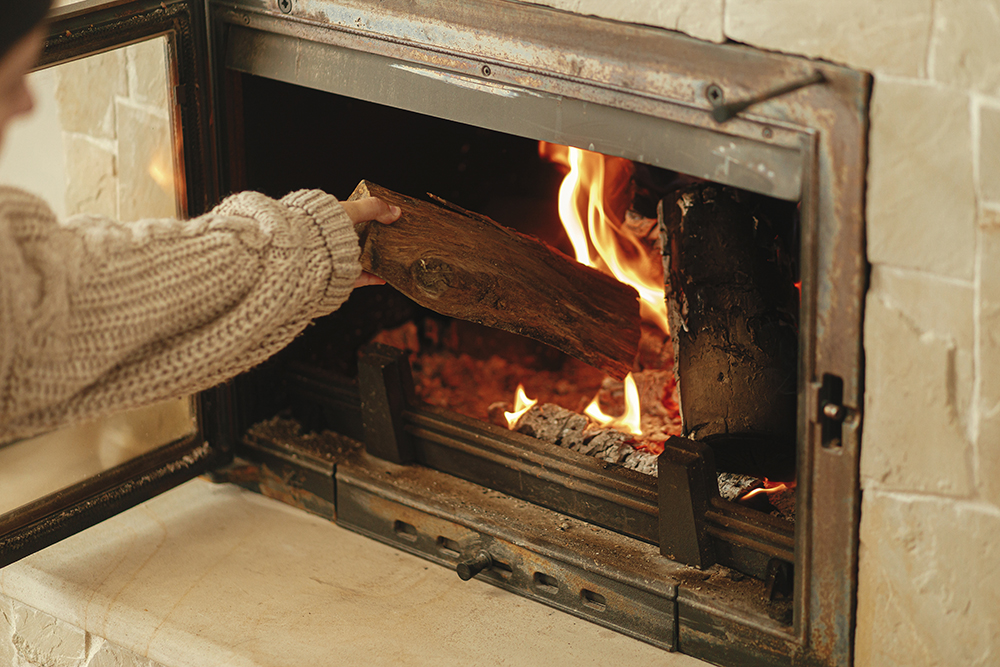
Slumbering a stove refers to the practice of intentionally dampening down the fire and reducing the air supply to make the fire burn slowly for an extended period, often overnight. While it may seem convenient to slumber a stove, there are several reasons why it is generally not recommended:
- Inefficiency: Slumbering a stove, leads to incomplete combustion of the wood, resulting in lower efficiency and increased emissions. When the air supply is reduced, the fire does not burn at its optimum temperature, leading to smouldering and the production of more smoke and pollutants.
- Creosote Build-up: Slumbering can contribute to the build-up of creosote in the chimney. Creosote is a highly flammable substance that can accumulate over time when there is incomplete combustion. It increases the risk of chimney fires, which can be dangerous and potentially cause significant damage to your home.
- Air Quality Issues: Slumbering a stove can result in higher emissions of particulate matter (PM) and other pollutants. These emissions can contribute to local air pollution and negatively impact air quality, especially in areas with poor ventilation. It can also be detrimental to the respiratory health of individuals, particularly those with pre-existing conditions.
- Increased Soot and Sooty Deposits: Slumbering a stove often leads to the production of more soot and sooty deposits on the glass door, internal components, and surrounding areas. This requires more frequent cleaning and maintenance to keep the stove functioning optimally and looking clean.
- Safety Concerns: Slumbering a stove increases the risk of a smoky or poorly burning fire, which can lead to the production of harmful gases like carbon monoxide (CO₂). CO₂ is a colourless, odourless gas that can be deadly if inhaled in high concentrations. It is important to maintain proper airflow and ensure complete combustion to minimize the risk of CO₂ build up.
To ensure efficient and safe operation, it is generally recommended to burn wood at a higher temperature and avoid slumbering the stove. If you need long-lasting heat, it is better to use dry, well-seasoned wood and load the stove with enough fuel to maintain a controlled burn rate rather than intentionally reducing the air supply. Additionally, using a stove with advanced features such as air wash systems and secondary combustion can help improve efficiency and reduce emissions.





